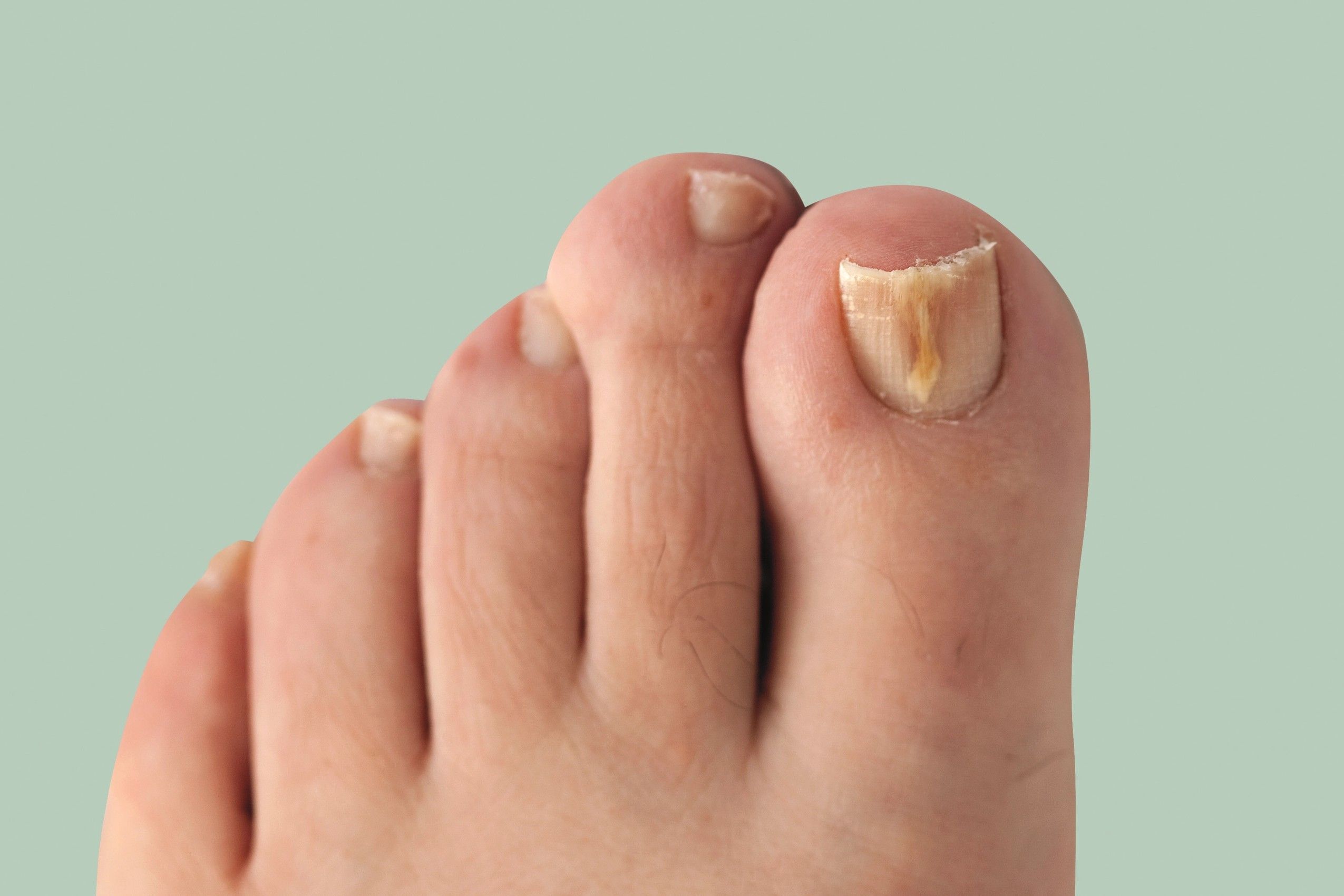
Onychosis is a term that might sound unfamiliar, but it refers to a variety of nail disorders affecting both fingernails and toenails. These conditions can range from minor cosmetic issues to more serious health concerns. Common symptoms include discoloration, thickening, and changes in nail shape or texture. Causes can be as varied as fungal infections, trauma, or underlying health conditions like psoriasis or diabetes. Treatments depend on the specific type of onychosis but often involve topical or oral medications, lifestyle changes, or even surgical intervention. Understanding these facts can help you identify and manage nail problems more effectively.
What is Onychosis?
Onychosis refers to any deformity or disease of the nails. This condition can affect both fingernails and toenails, causing a variety of symptoms and issues. Understanding onychosis can help in identifying and treating it effectively.
- Onychosis can result from fungal infections, bacterial infections, or trauma to the nail.
- It often causes nails to become discolored, thickened, or brittle.
- Onychosis can affect people of all ages, though it is more common in older adults.
- Poor nail hygiene can increase the risk of developing onychosis.
- Certain medical conditions, like diabetes and psoriasis, can predispose individuals to onychosis.
Types of Onychosis
There are several types of onychosis, each with its own unique characteristics. Knowing the different types can help in identifying the specific condition affecting the nails.
- Onychomycosis is a fungal infection that causes nails to become thick, discolored, and crumbly.
- Paronychia is an infection of the skin around the nail, often resulting in redness, swelling, and pain.
- Onycholysis involves the separation of the nail from the nail bed, usually starting at the tip and progressing towards the cuticle.
- Beau's lines are horizontal grooves or indentations that appear on the nails, often due to illness or injury.
- Leukonychia is characterized by white spots or streaks on the nails, commonly caused by minor trauma or nutritional deficiencies.
Causes of Onychosis
Understanding the causes of onychosis can help in preventing and managing the condition. Various factors can contribute to the development of onychosis.
- Fungal infections are a common cause of onychosis, particularly in toenails.
- Bacterial infections can lead to onychosis, especially if the skin around the nail is damaged.
- Trauma to the nail, such as from an injury or repetitive pressure, can cause onychosis.
- Poor circulation, often seen in conditions like diabetes, can increase the risk of onychosis.
- Immune system disorders can make individuals more susceptible to nail infections and deformities.
Symptoms of Onychosis
Recognizing the symptoms of onychosis is crucial for early diagnosis and treatment. Symptoms can vary depending on the type and severity of the condition.
- Discoloration of the nails, such as yellow, brown, or white spots, is a common symptom.
- Thickening of the nails can occur, making them difficult to trim and maintain.
- Brittle or crumbly nails that break easily are often seen in onychosis.
- Pain or discomfort around the nails, especially if there is an infection.
- Changes in nail shape or texture, such as ridges, grooves, or pitting.
Treatment Options for Onychosis
Treating onychosis involves addressing the underlying cause and managing symptoms. Various treatment options are available, depending on the type and severity of the condition.
- Antifungal medications, either topical or oral, are commonly used to treat fungal infections.
- Antibiotics may be prescribed for bacterial infections causing onychosis.
- Proper nail hygiene, including regular cleaning and trimming, can help prevent and manage onychosis.
- Moisturizing the nails and cuticles can prevent dryness and brittleness.
- In severe cases, surgical removal of the affected nail may be necessary.
Preventing Onychosis
Prevention is key to maintaining healthy nails and avoiding onychosis. Simple lifestyle changes and good nail care practices can significantly reduce the risk.
- Keeping nails clean and dry helps prevent infections.
- Wearing protective footwear in public places, like pools and gyms, can reduce the risk of fungal infections.
- Avoiding nail trauma by wearing properly fitting shoes and using gloves during manual work.
- Maintaining a balanced diet rich in vitamins and minerals supports nail health.
- Regularly inspecting nails for any changes or abnormalities can lead to early detection and treatment of onychosis.
Final Thoughts on Onychosis
Onychosis, a condition affecting nails, can be both a cosmetic and health concern. Knowing the symptoms and causes helps in early detection and treatment. Common signs include discoloration, thickening, and brittleness. Causes range from fungal infections to underlying health issues like psoriasis or diabetes. Treatments vary based on the cause but often involve topical medications, oral drugs, or lifestyle changes. Regular nail care and hygiene play a crucial role in prevention. If you notice any unusual changes in your nails, consult a healthcare professional for proper diagnosis and treatment. Understanding onychosis empowers you to take better care of your nails and overall health. Stay informed, stay healthy.
Was this page helpful?
Our commitment to delivering trustworthy and engaging content is at the heart of what we do. Each fact on our site is contributed by real users like you, bringing a wealth of diverse insights and information. To ensure the highest standards of accuracy and reliability, our dedicated editors meticulously review each submission. This process guarantees that the facts we share are not only fascinating but also credible. Trust in our commitment to quality and authenticity as you explore and learn with us.
